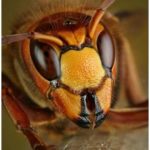Star-nosed Mole (Condylura cristata)
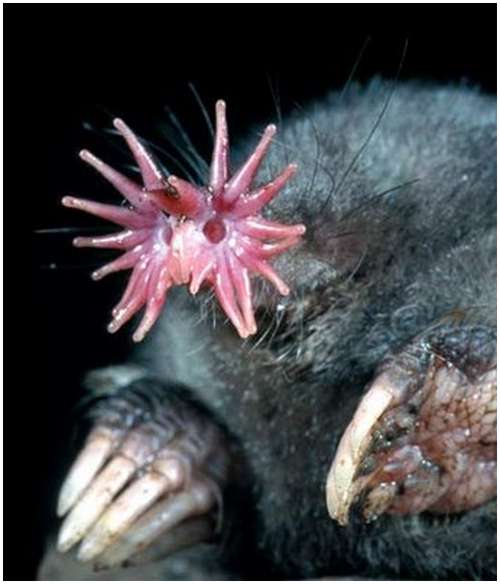
The Star-nosed Mole lives in wet lowland areas and eats small invertebrates, aquatic insects, worms and mollusks. It is a good swimmer and can forage along the bottoms of streams and ponds. Like other moles, this animal digs shallow surface tunnels for foraging; often, these tunnels exit underwater.
The incredibly sensitive nasal tentacles are covered with almost one hundred thousand minute touch receptors known as Eimer’s organs.
Elephant shrew (Macroscelides proboscideus)
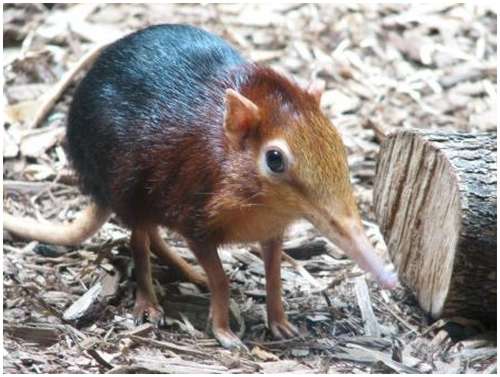
They are widely distributed across the southern part of Africa, and although common nowhere, can be found in almost any type of habitat, from the Namib Desert to boulder-strewn outcrops in South Africa to thick forest.
Long-beaked echidna (Zaglossus bruijni)
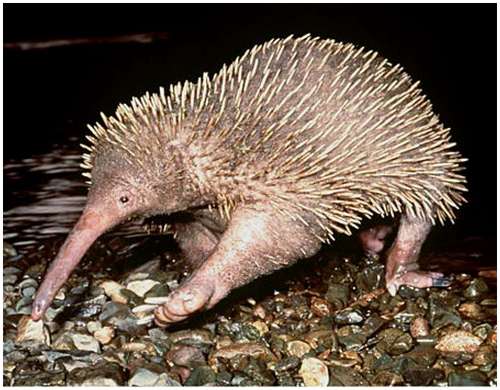
The long-beaked echidnas make up one of the two genera (Genus Zaglossus) of echidnas, spiny monotremes that lives in New Guinea. There are three living species, and two extinct species in this genus. Echidnas are one of the two types of mammals that lay eggs.
Pink Fairy Armadillo (Chlamyphorus truncatus)
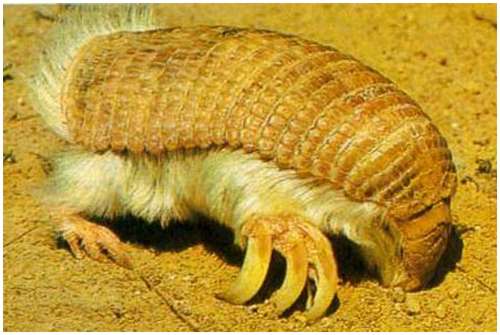
It is found in central Argentina where it inhabits dry grasslands and sandy plains with thorn bushes and cacti. It has the ability to bury itself completely in a matter of seconds if frightened.
The Pink Fairy Armadillo burrows small holes near ant colonies in dry dirt. It feeds mainly on ants and ant larvae near its burrow.
Long-eared Jerboa (Euchoreutes naso)
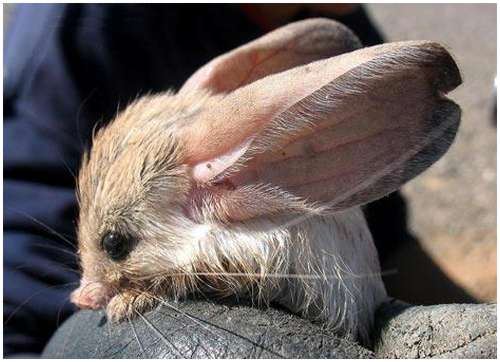
“The Mickey Mouse of the desert” – mouse-like rodent with a long tail, long hind legs for jumping, and exceptionally large ears. The jerboa, found in the deserts of Mongolia and China, is listed as endangered on the IUCN Red List.
Thorny Devil (Moloch horridus)
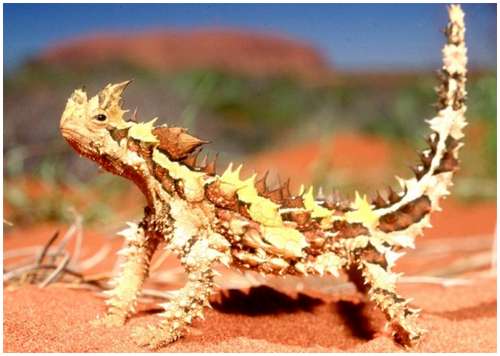
The Thorny Devil (Moloch horridus) is an Australian lizard. It is also known as the Thorny Dragon, Thorny Lizard, or the Moloch and is the sole species of genus Moloch.
An intimidating array of spikes cover the entire upper side of the body, these thorny scales are a defence against predators. Camouflage and deception may also be used to evade predation. It has an unusual gait, involving freezing and rocking, as it slowly moves in search of its preferred diet.
Frill-necked Lizard (Chlamydosaurus kingii)
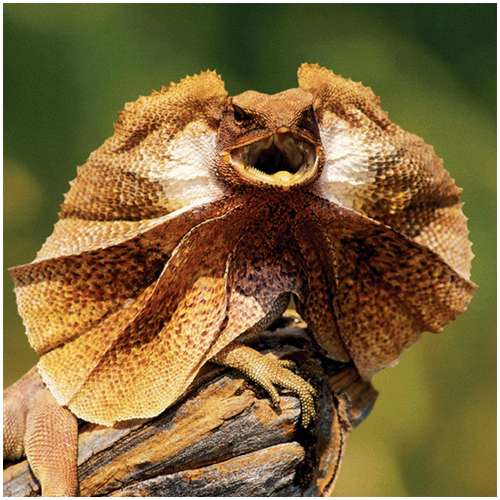
The Frill-necked Lizard, or Frilled Lizard also known as the Frilled Dragon, (Chlamydosaurus kingii) is so called because of the large ruff of skin which usually lies folded back against its head and neck. The neck frill is supported by long spines of cartilage, and when the lizard is frightened, it gapes its mouth showing a bright pink or yellow lining, and the frill flares out, displaying bright orange and red scales. The frill may also aid in thermoregulation.
Aye-aye (Daubentonia madagascariensis)
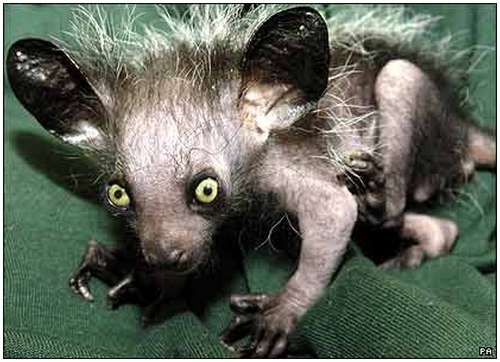
The Aye-aye (Daubentonia madagascariensis) is a strepsirrhine native to Madagascar that combines rodent-like teeth with a long, thin middle finger to fill the same ecological niche as a woodpecker. It is the world’s largest nocturnal primate, and is characterized by its unusual method of finding food; it taps on trees to find grubs, then gnaws holes in the wood and inserts its elongated middle finger to pull the grubs out. The only other animals known to find food in this way is the Striped Possum.[citation needed] From an ecological point of view the Aye-aye fills the niche of a woodpecker as it is capable of penetrating wood to extract the invertebrates within.
Patagonian Mara (Dolichotis patagonum)
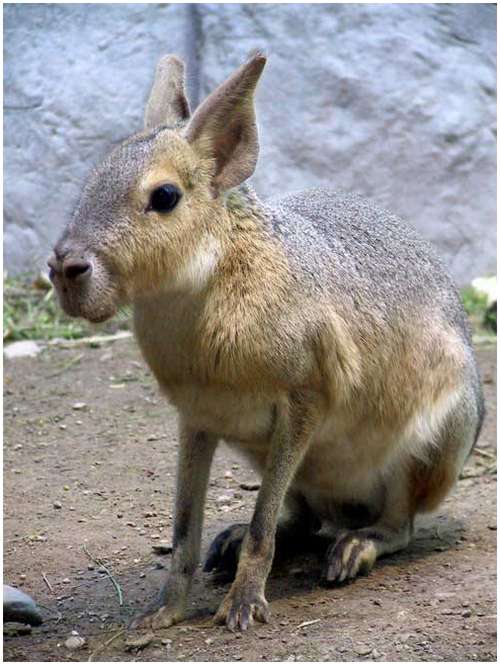
A large rodent that looks sort of like a rabbit, sort of like a donkey. The Patagonian Mara lives in Central and Southern Argentina. Maras inhabit arid grasslands and scrub desert.
Saiga Antelope (Saiga tatarica)
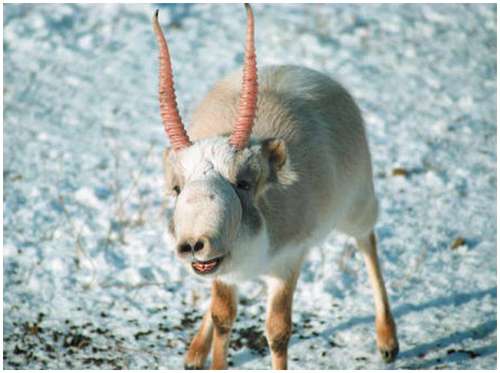
Saiga is classified as critically endangered by the IUCN. There is an estimated total number of 50,000 Saigas today, which live in Kalmykia, three areas of Kazakhstan and in two isolated areas of Mongolia.


